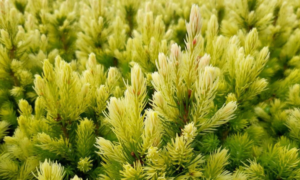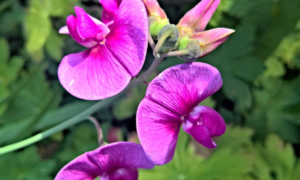We independently research, review, and recommend the best products. If you buy something through our links, we may earn a commission. Learn more.
Good things come in small packages, or so the saying goes. And that’s undoubtedly true of nuts. Nature’s bite-sized bounty is rich in flavour with distinct tastes and texture packed with vitality. But best of all, there are nuts you can grow from the comfort of your home!
In this article, I’ll discuss five nuts I’ve grown, detailing everything from planting to pruning.
Contents
Almonds
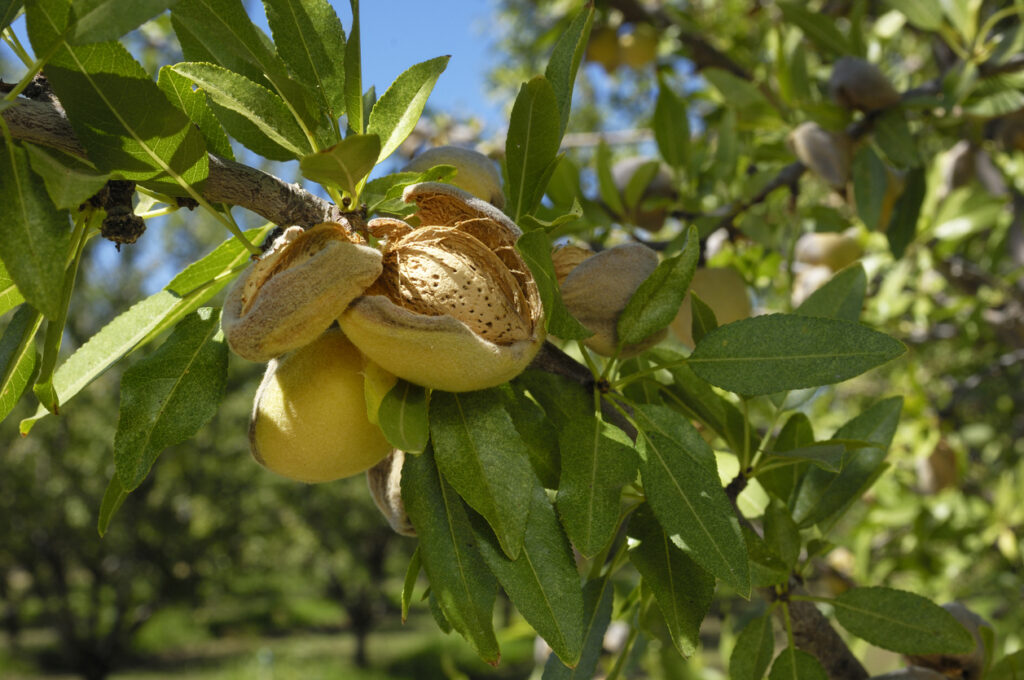
Almonds are among the most versatile nuts, eaten whole, blanched, slivered, flaked, or ground. The trees are about three metres tall and three metres wide, so your garden needs a fair bit of space. The key is to seek out self-fertile varieties; otherwise, you’ll need to plant a few trees to ensure fruit production through cross-pollination.
Almonds thrive in warm temperate climates but grow in the cold if protected from wind. I recommend watering thoroughly, especially during the summer, to keep the soil moist but not waterlogged. Then you should feel your almond trees in the autumn and late winter.
Almond nuts are ready to harvest in three years, with a significant crop after eight years. It’s time to gather the nuts when the outer coating splits and the fruit falls. Collect them as they fall, letting them dry in the sun for a few days.
Peanuts
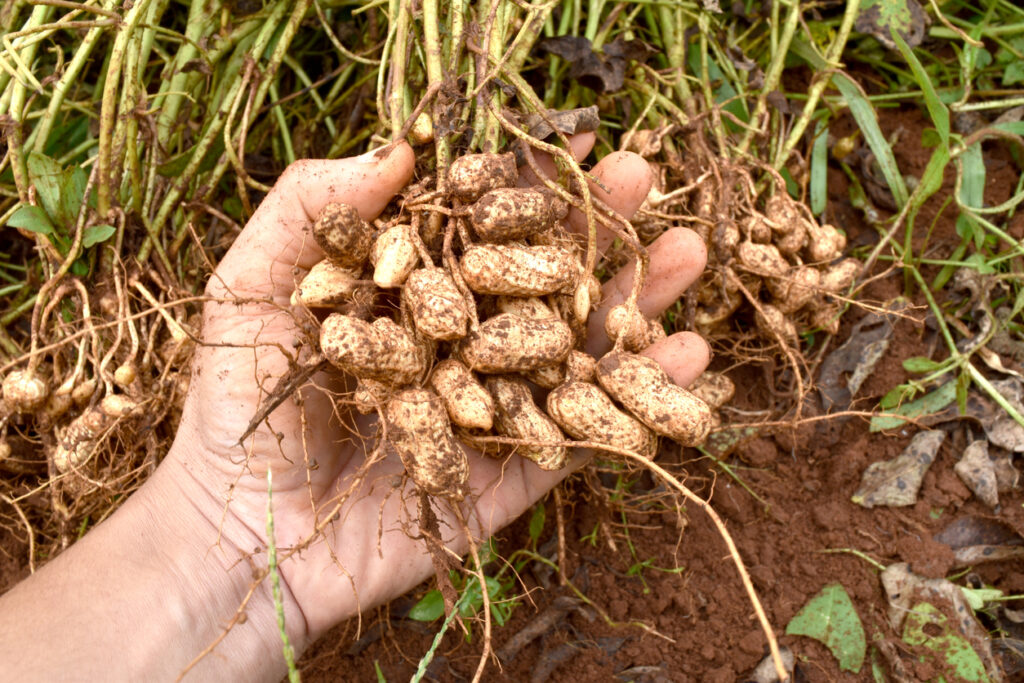
Peanuts (Arachis hypogaea) are highly nutritious legumes that make for a healthy snack when unsalted. Unlike almonds, they grow on a small bushy shrub that is only 30cm tall and 20cm wide, making them ideal for growing between other plants in the veggie bed. However, rather than growing on branches, the flowering stems elongate and burrow into the soil, where the nuts develop.
It’s best to sow peanuts in late spring once the soil has warmed up. Plant fresh nuts with their papery covering intact in a warm, sunny location and check that the earth is moist and well-drained.
The nuts are ready to harvest when the plant’s leaves turn yellow. Depending on the cultivar, this can take 17 to 20 weeks. I recommend lifting the entire plant with a fork, discarding the taproot, and hanging it to dry for a few days. Once dry, toss away any nuts showing fungus or mould.
Pistachios
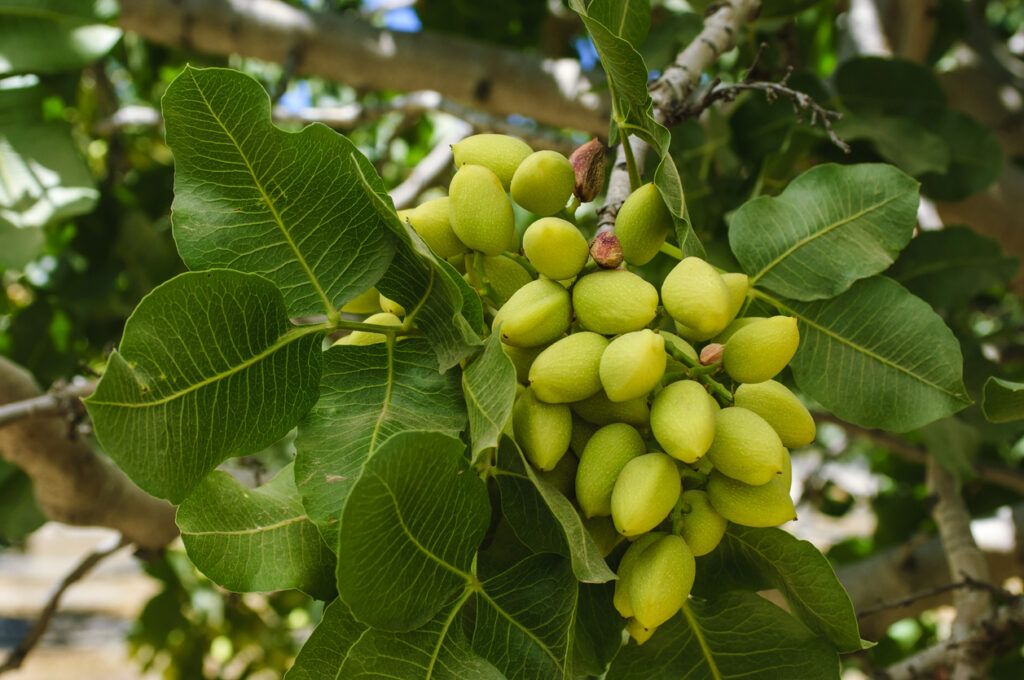
Pistachio trees typically grow five metres tall and wide, making them ideal for suburban gardens. They are, however, slow-growing and won’t bear nuts for five years. Also, be mindful that you must plant two trees to produce nuts because they are dioecious (male and female flowers grow on separate trees).
Pistachios thrive in climates with long, dry, hot summers and cold winters but also grow in the UK. The trees are hardy and will tolerate poor soils if planted deep enough to accommodate their long tap root. I recommend planting male and female trees near each other to aid pollination.
Harvest in the autumn, when the hulls start to split. Remove hulls as soon as possible and dry nuts in the sun or oven (while still in their shells).
Walnuts
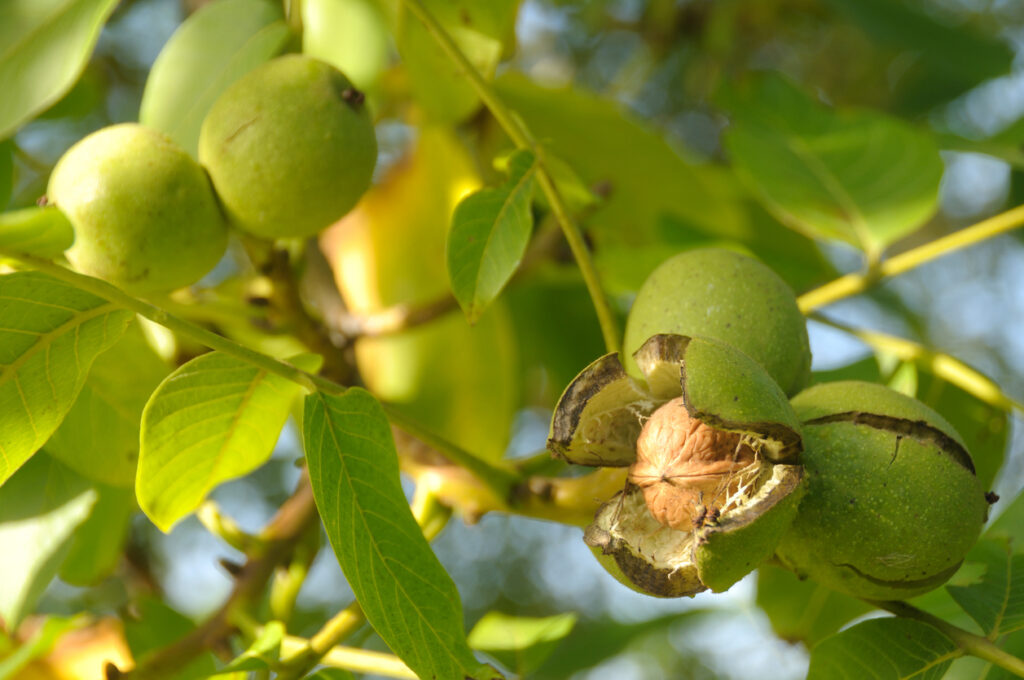
Despite walnuts’ unusual, wrinkled shape, they are sweet and packed with nutrients. They tend to reach a height of 25m, but they are highly ornamental and make awesome specimen trees. Walnut trees are partially self-fertile, so one tree will bear fruit eventually, but your chances will be better if you plant two. Walnut trees are well worth growing if you have space.
Plant in an open, sunny location with deep, well-drained soil rich in organic matter and protecting young trees from strong winds.
After four years, the nuts will be ready for harvest and can be picked beginning in mid-April. Remove the hull as soon as possible, and let it dry on racks for several days in the sun.
Macadamias
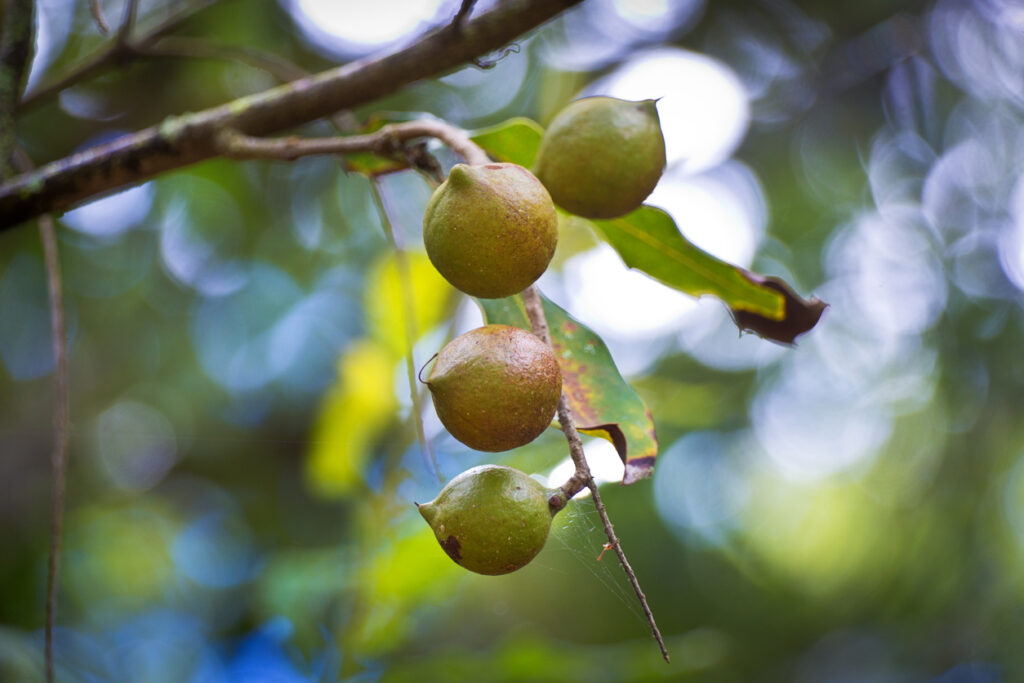
Macadamias are among the world’s most popular nuts. They’re luxurious, velvety, and flavourful. Macadamias (Macadamia sp.) are an Australian native and one of the few bush foods sold commercially.
In the wild, macadamia trees can reach a height of 20m, but in most gardens, they grow 8-10m. You can grow them from seed, but they are highly variable, so buying grafted trees of known varieties like ‘A286’ or ‘A4’ is best.
Macadamia trees grow in tropical and subtropical climates, but certain varieties can withstand cooler temperatures and light frosts. If you fancy giving it a go, plant young trees in full sun and keep them away from strong winds. Before planting, ensure the soil is moist, well-drained, and enriched with organic matter. Feed with a complete fertiliser and water thoroughly in the spring and summer. Trees will also benefit from a fortnightly liquid feed during the growing season.
It can take up to seven years for seedling trees to bear fruit, but grafted trees can bear fruit in as little as three to four years. The nuts mature in late autumn and winter, and when ripe, they fall to the ground. Pick the nuts immediately and remove the husks—then air dry in the shade for at least two weeks.

